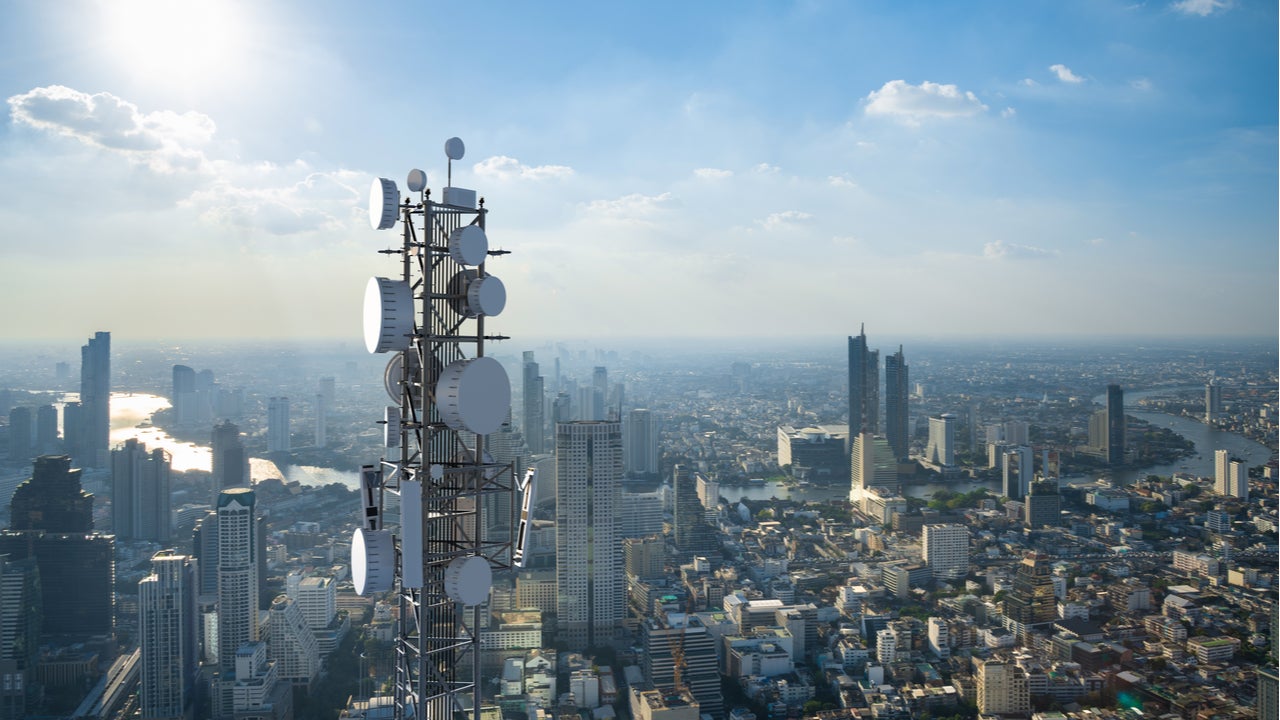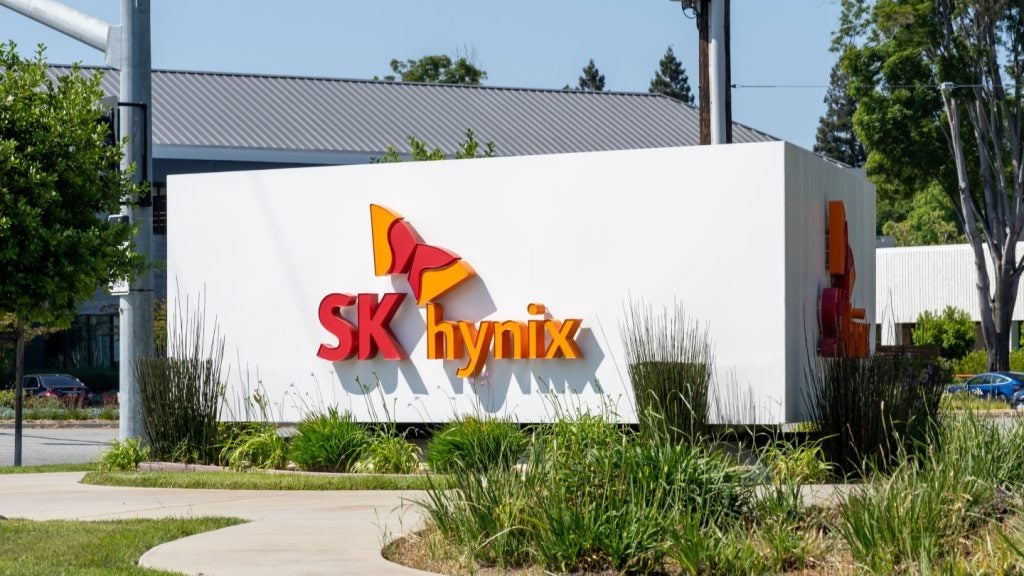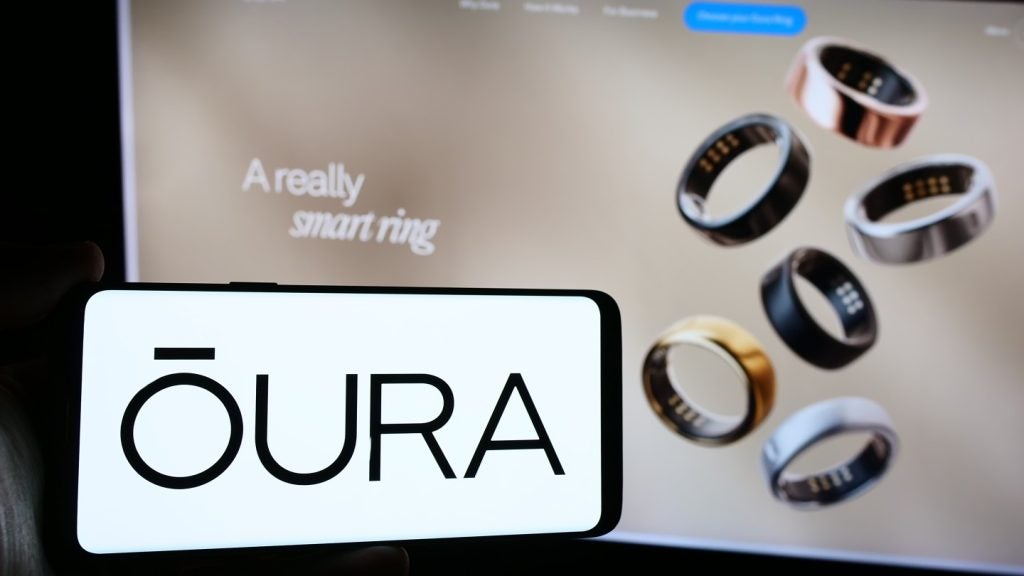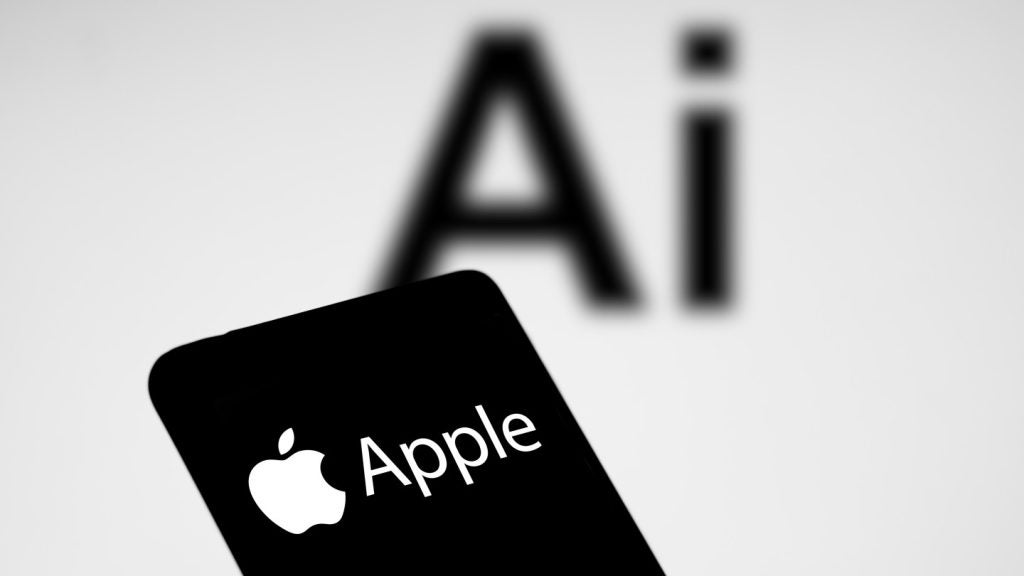Verdict lists the top five terms tweeted on telecommunication in Q2 2021, based on data from GlobalData’s Influencer Platform.
The top tweeted terms are the trending industry discussions happening on Twitter by key individuals (influencers) as tracked by the platform.
1. 5G – 11,971 mentions
Verizon’s first European private 5G deal with Associated British Ports, Ericsson’s revolutionary three-sector radio, and the impact of 5G on various sectors were some of the popular discussions on 5G in Q2 2021.
Hans Vestberg, chairman and CEO of telecom company Verizon shared an article on the collaboration between Verizon Business, a division of Verizon Communications, and Associated British Ports to deploy a private 5G platform at the Southampton port. The 5G platform is expected to provide the port with a secure and low-latency network connection to make it the UK’s first mainland port with a 5G connection.
The deployment will be delivered in partnership with Finnish telecom company Nokia. It will tackle issues such as loss of on-site data due to poor Wi-Fi networks and enable the use of technologies such as the internet of things (IoT), machine learning (ML), and real-time analytics. The 5G platform will allow the port to implement services such as asset tracking, workflow management, autonomous guided vehicles, and safety monitoring in the future.
Sarah-Jayne Gratton, founding partner of The Influencers, a marketing and advertising agency, shared an article on the introduction of Radio 6626, a three-sector dual-band radio, by Ericsson. The radio will help communications service providers (CSPs) to increase their Frequency Division Duplex (FDD) 5G frequency capacity. Weighing less than 45kg and powered by Ericsson Silicon, the radio can generate an output power of 720W. It combines six ports and two frequencies into a single unit to power all three sectors on the tower. The radio also offers a multi-band coverage, while lowering costs and energy consumption by up to 50%.
How well do you really know your competitors?
Access the most comprehensive Company Profiles on the market, powered by GlobalData. Save hours of research. Gain competitive edge.

Thank you!
Your download email will arrive shortly
Not ready to buy yet? Download a free sample
We are confident about the unique quality of our Company Profiles. However, we want you to make the most beneficial decision for your business, so we offer a free sample that you can download by submitting the below form
By GlobalDataAntonio Grasso, founder and CEO of Digital Business Innovation, a business consulting firm, shared an infographic on the impact of 5G on various sectors. The infographic details how 5G can be deployed in busy urban areas such as shopping malls and railways stations, homes and businesses that are using fixed wireless networks, and in regular and autonomous trains and cars. 5G can offer a range of advantages such as data transmission in tens of gigabits, augmented and virtual reality, low latency video streaming, and industrial automation, according to the infographic.
An exciting step for @Verizon's international private 5G platform – we've signed our first deal with @abports21 https://t.co/iS3GHGN0YL
— Hans Vestberg (@hansvestberg) April 1, 2021
2. IoT – 6,759 mentions
Key developments in IoT in 2020, developing a 5G/IoT situational awareness system, and the role of 5G and IoT in transforming water infrastructure were some of the trending discussions in Q2.
Harold Sinnott, a technology influencer and digital consultant, shared an article on the major IoT developments in 2020. The IoT market witnessed strong growth in 2020 despite a 5% global decline of gross domestic product (GDP) although a small number of projects were either delayed or abandoned. A key development during the year was Chinese electronics manufacturer Xiaomi’s plans to invest $7.2bn in 5G and artificial intelligence of things (AIoT) over the next five years. Xiaomi will also invest in a number of IoT devices such as smart TVs, drones, routers, and security cameras, the article detailed.
In another discussion, Glen Gilmore, principal of the Gilmore Network, a consultancy dealing in digital marketing and branding, shared an article on the development of a 5G/IoT situational awareness system. The Cybersecurity and Infrastructure Security Agency (CISA) is working on a situational awareness system (5i SAS) to identify potentially dangerous threats from 5G and IoT devices, the article detailed.
Researchers believe that modified 5G smartphones can be used as 5i SAS devices to detect various anomalies, including explosions, gunshots, irregular heartbeats, or extreme heat. 5G-enabled devices can also help in detecting suspicious electromagnetic activities in buildings or interferences in IoT and 5G channels.
Tamara McCleary, CEO of Thulium, a social media marketing agency, shared an article on the role of 5G and IoT in the management of water infrastructure. The article noted that infrastructural leaks accounted for between 20% and 40% loss of potable water in an average city, implying a loss of 22 billion gallons of water for a larger city. Water resource agencies believe that 5G can resolve the three major challenges of the water sector, including ageing infrastructure, floods and droughts caused by climate change, and the requirement for improved remote access.
Furthermore, IoT devices such as meters and sensors can serve as key tools in upgrading systems at lower costs. For instance, IoT devices used for monitoring water pumps reduce energy costs by up to 10%, the article detailed.
Key milestone for #IoT in 2020 ▶️#Analytics #MachineLearning #AI #BigData #ML #NLP #javascript #Linux #Serverless #flutter #RPA #SmartCity #5G #SmartHome #Python #Coding #FutureofWork #Cloud #100DaysOfCode #IIoT #DataScience #SDGs #STEM #Tech
https://t.co/Adh4N26a4C pic.twitter.com/sGFlB4CJrr
— Harold Sinnott 🚉 #DigitalTransformation (@HaroldSinnott) June 27, 2021
3. Artificial intelligence (AI) – 3,892 mentions
The launch of NVIDIA’s AI-on-5G ecosystem, and how 5G is key to the successful adoption of AI, IoT, and robotics were some of the trending discussions around AI in the second quarter.
Daniel Newman, CEO at Broadsuite Media Group (BMG), a digital marketing and consulting company, shared an article on the launch of an AI-on-5G ecosystem by NVIDIA, a technology company. NVIDIA collaborated with companies such as Fujitsu, Google Cloud, Wind River, Mavenir, and Radisys to create solutions for the platform that will speed up the development of smart cities, factories, hospitals, and intelligent stores.
The ecosystem uses the company’s Aerial development kit with the NVIDIA BlueField-2 A100 to achieve high-performance 5G RAN and AI applications that help in managing automated vehicles, manufacturing robots, wireless cameras, and drones.
Another discussion on AI was shared by Ronald van Loon, director at Advertisement, a data and analytics consultancy firm, on how 5G will drive the adoption of emerging technologies such as AI, IoT and robotics. The capabilities of 5G including low latency, efficient data flows and faster response times can help in unlocking the complete potential of emerging technologies. 5G, for example, can enable faster response times for AI-powered robots to process large volumes of data and ensure better communication with the real world.
High cost of adoption, difficulty in implementation and lack of talent, however, are some of the challenges in the deployment of 5G-enabled emerging technologies, the article added.
New Research Note from @RonWestfallDX looks at NVIDIA #AI on #5G ecosystem. Great analysis and insights from the announcements at this week's #GTC21 https://t.co/78RAAFiBTu $NVDA
— Daniel Newman (@danielnewmanUV) April 16, 2021
4. Smart cities – 3,293 mentions
The need for cities to engage in early planning for 6G, street lamps being replaced with smart poles in Seoul, and how 5G could be the foundation for sustainable cities were some of the popular discussions around smart cities in Q2.
Glen Gilmore shared an article on how experts from the Institute of Engineering and Technology (IET) are calling on city leaders to engage in early planning for 6G. Policymakers need to engage in a global discussion on the most important 6G research areas. IET experts argue that policymakers should focus on how 6G can address challenges such as sustainability, pandemics, and climate change. 6G is not expected to be available before 2030, which gives plenty of time for policymakers and experts to envision new capabilities for the technology. Some of the innovative 6G-enabled solutions suggested in the article include teleoperations, telerobotics, and 4D video.
Another discussion on smart cities was shared by Evan Kirstel, co-founder of eVira Health, a social media partner of healthcare sector, on the South Korean city of Seoul replacing streetlamps with Wi-Fi-enabled smart poles. The city has installed 26 smart poles in six areas that offer various services such as CCTV, Wi-Fi, smartphone, and e-vehicle chargers, apart from street and traffic lights. The poles are customised to fit the need of the localities where they are being installed. The city is planning to add features such as detection of parking violations, and drone chargers in the future.
Smart cities was also discussed by Franco Ronconi, director of operations at D-EYE, a mobile medical device manufacturer, on how 5G is expected to serve as the basis for the development of sustainable cities. The increased use of connected devices is influencing the way in which cities are developing their infrastructure. Kuwait, for example, is planning to install 800,000 smart meters by 2024 to monitor electricity and water consumption.
The video detailed that 18 billion of the 29 billion connected devices forecast by 2022 will be related to IoT. IoT-based sensors will enable cities to monitor traffic patterns and energy use and help in increasing road safety and improve urban planning. The high speed and distributed networks of 5G along with AI and IoT will be crucial for the deployment of connected cities, according to the video.
#Cities urged to engage early on #6G🌇
Teleoperations, telerobotics, industrial automation are also expected to be leading 6G-enabled solutionshttps://t.co/iahzFGDcyO @Cities_Today #SmartCities #EmergingTech #IoT #5G #infrastructure #ICT #DigitalHealth #DigitalTransformation pic.twitter.com/5p1ZHdI9cA
— Glen Gilmore (@GlenGilmore) April 19, 2021
5. Cybersecurity – 3,282 mentions
The launch of a ‘smart district’ in Italy, the measures needed to mitigate cybersecurity risks associated with 5G, and sensitive data on mobile phones being at risk of exposure in Europe were some of the major discussions on cybersecurity in the previous quarter.
Antonio Vieira Santos, social media business evangelist at information technology company Atos, shared an article on TIM Group, a telecom company, launching a Smart District project to enhance digitisation of the economic and industrial sector in Italy. TIM is providing 5G, fixed wireless and satellite communications under the project to 140 districts in the country.
The company has collaborated with software company Noovle to provide cloud and edge computing services and with computer manufacturer Olivetti to provide IoT services. It has also collaborated with information and communications technology company Telsy to provide cybersecurity solutions and with communications solutions company Sparkle to provide international services.
In another tweet, Antonio Grasso shared an article on a toolbox provided by the European Union (EU) to mitigate the cybersecurity risks around 5G. The primary aim of the toolbox is to identify a common set of means to tackle various cybersecurity risks of 5G networks. Some of the measures detailed in the toolbox include regulatory powers for authorities to restrict, prohibit or impose certain requirements on 5G network deployment and operation. It also details the need to diversify suppliers to avoid dependence on a single supplier, while ensuring interoperability.
Bob Carver, principal, cybersecurity threat intelligence and analytics at Verizon, shared an article on how sensitive mobile phone data is at risk of theft and exposure and is not being addressed by mobile service providers in Europe. More than 253 million customers who sign up to avail mobile services from the service providers share sensitive personal data, according to research by Tala Security, a security company.
Customers often use forms to fill in banking details, address, and employment information, which is exposed to 19 third parties on average. The sensitive data is at risk of exposure in the absence of proper controls. Research by Tala also found that the majority of the exposure happens through trusted applications on the allow list of a mobile.
Telecom Italia is transforming Italy's industrial districts with state-of-the-art connectivity allied to cloud, #IoT and #cybersecurity services. Called "Smart District," the project will use fiber, #5G, fixed wireless access or satellite connections. https://t.co/biAQdZbwor pic.twitter.com/WyMt6bGNI5
— 🟣 Antonio Vieira Santos #WebSummit (@AkwyZ) April 2, 2021









Related Company Profiles
Atos SE
Fujitsu Ltd
TIM SA
Verizon Communications Inc
Nokia Corp